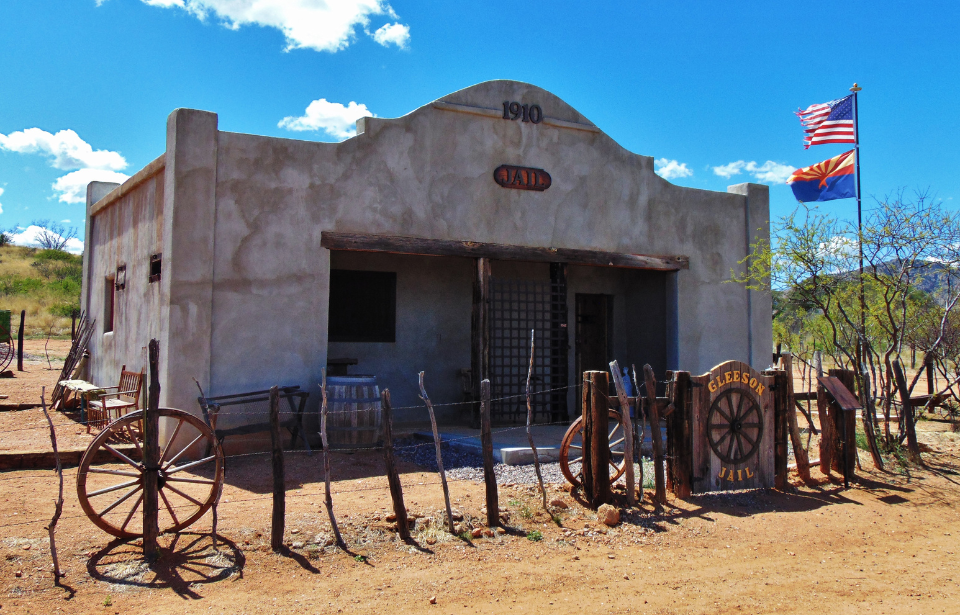Located along the US border with Mexico, the state of Arizona has relatively light winters but the weather turns scorching hot during the summer months when the temperatures reach their maximum. With its almost seven million citizens, it is ranked in the top 10 of America’s most populated areas. However, that doesn’t mean some areas haven’t been deserted altogether, like the ghost town of Gleeson.
Origins in turquoise
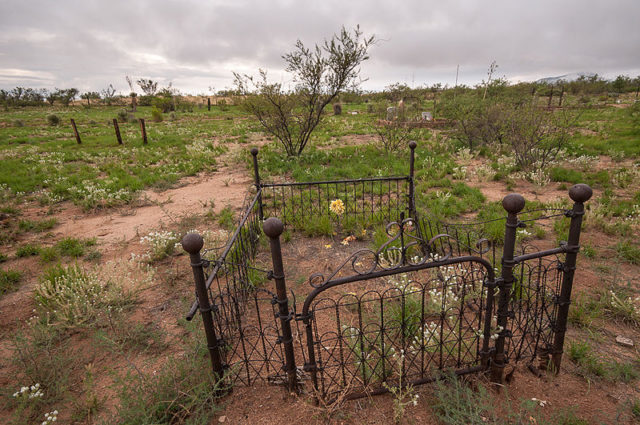
Around one-quarter of Arizona is made up of Aboriginal reservations, comprised of around 27 different tribes, among which include the Navajo Nation and the Chiricahua Apache tribe. The story of Gleeson begins with the latter tribe down in the state’s south.
The area is where this tribe first came to mine for turquoise, a semi-precious mineral that served as an ornamental stone for millennia. Its rare blue-green colour gives it unique properties as a gemstone, which is exactly why the Chiricahua Apache tribe sought after this stone. Once processed, the stone was used in jewellery and became a much-cherished item in Chiricahua’s trades.
Turquoise in fashion
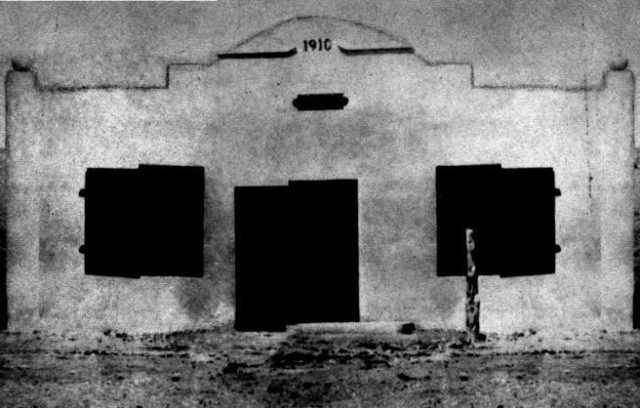
In order to extract turquoise, the Chiricahua needed permission from the Navajo to mine it, which they were granted. As such, they mined the stone for years. However, things suddenly things veered off course around the 1870s. During this period, the Chiricahua were hunted down, suppressed, and killed until they were banished from these grounds and relocated to an Aboriginal reservation.
The land filled with turquoise minerals thus stood vacant and empty, but it wasn’t long before prospectors from far and wide came to claim what the earth was offering for free. After a period of turquoise fever, the race to mine the stone began to fade. It wasn’t until after Tiffany & Co opened their doors and gifted the world stunning new designs of luxury goods that included turquoise that the semi-precious stone was back on the map of many prospectors.
While Arizona turquoise is bright blue-green in color, the fashion craze of the period manly mixed turquoise from Persia, which has a somewhat deeper blue hue when compared with the Arizona turquoise.
John Gleeson
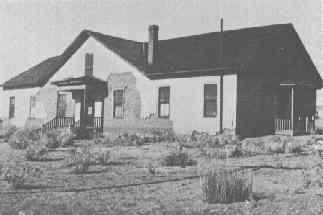
Slowly in the area where the apache tribe once mined, the town of “Turquois, Arizona Territory” was born and was prosperous. However, as before, the demand for turquoise faded. Thankfully, by good fortune, this gemstone wasn’t the only valuable thing to be found around these parts. The mines that operated in the area had also veins of gold and silver, but it was the copper that gave this small town a new life.
It all began with one man, John Gleeson, as it was he who first discovered the deposits of copper in the area. After copper was found, just like that, a new craze was born. Prospectors now came to the area in search this red-orange metal. In the beginning, only a post office was established in the area, but in no time the town of Gleeson grew to an appreciable size.
The thriving town of Gleeson, Arizona
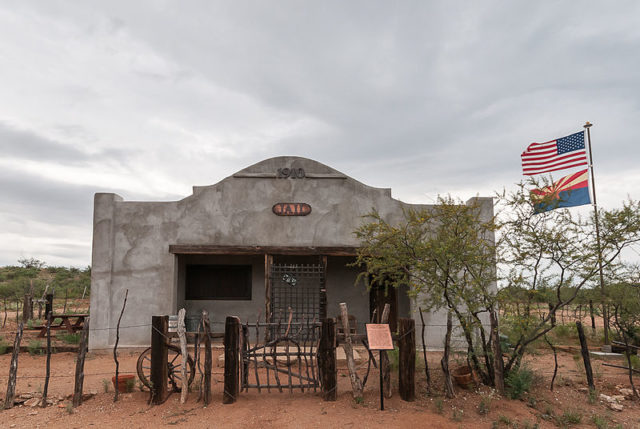
In its heyday, the town numbered around 1,000 residents. John had opened a mine that he named Copper Belle Mine, but he wasn’t the only one. Others quickly followed too, opening their own mines in Gleeson. The most notable of which were the Tejon Mine, the Tom Scott Mine and the Defiance Mine.
Just like any other town out there, this one too had its ups and downs, some of which were more serious than others. For example, a fire broke out in 1912, a calamity that destroyed as much as 28 buildings in the town. According to some researchers, the damage that the fire caused was estimated to be somewhere in the range of $100,000. However, the mines were doing just fine at the time and because of that, the town was able to be brought back to its feet again in no time.
The town also had jailhouse. Various speculations circle around this structure, such as the cruel treatment of the prisoners; of course, nothing is confirmed as fact.
The end of Gleeson
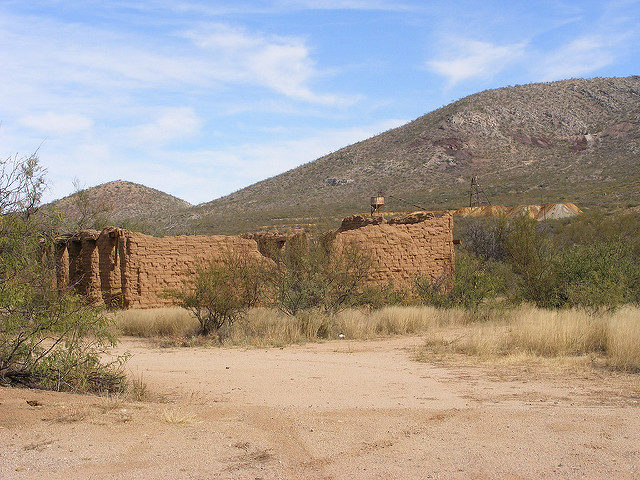
The city of Gleeson thrived over the years and throughout the First World War. It wasn’t until the 1930s that the city finally met its end. A significant closure in the town was that of the post office, which closed its doors in 1939.
Read more: 6 Modern Ghost Towns That Are the Result of Natural Disasters
Today, Gleeson is nothing more than a mere ghost town. Its buildings, such as the saloon, the jailhouse, and the hospital, have been reduced to old ruins over time, serving as relics of the past, and witness to prosperity that can be over in the blink of an eye.
